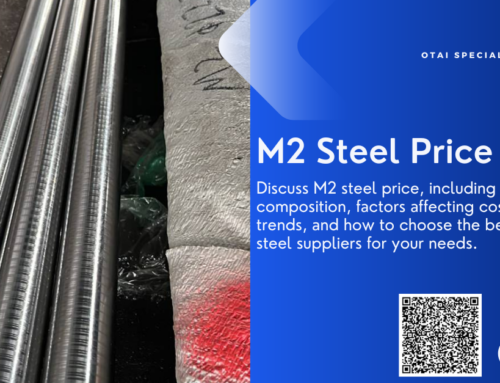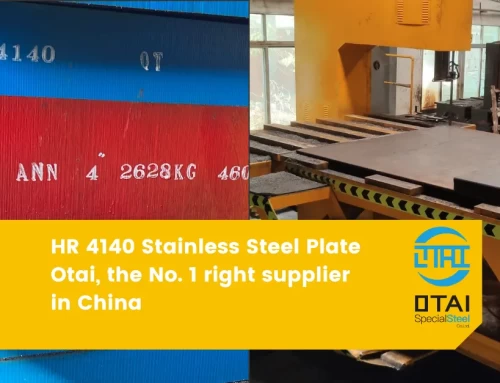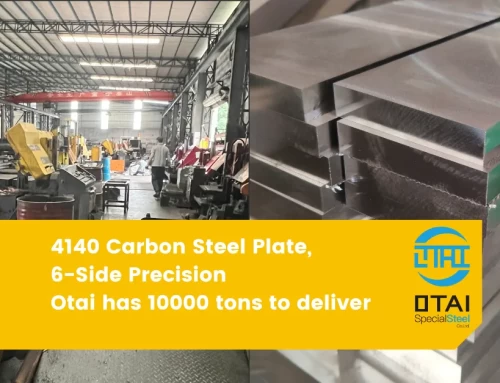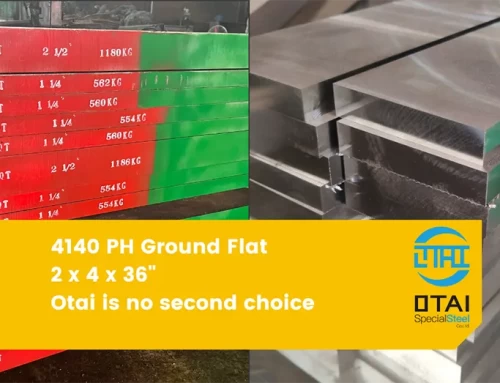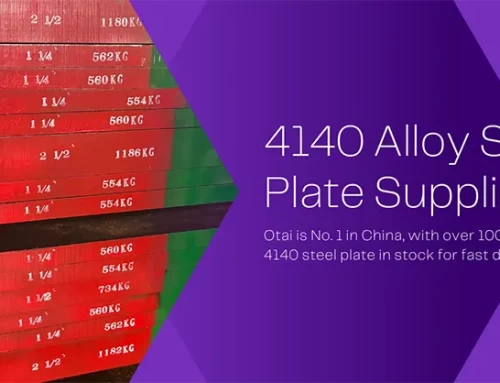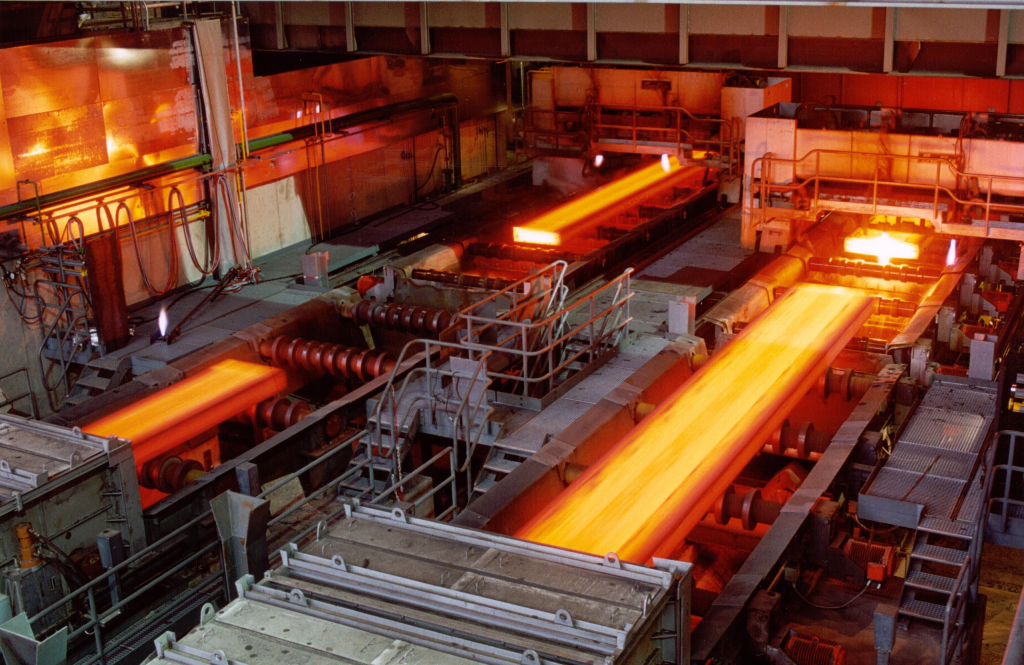
When choosing a steel materials for a job, it is important to know the difference between the different types of steel grades, steel process available, how it is used and the advantages of including it in your industrial or construction project. This post will explain the four different steel forming process: hot rolled steel, cold rolled steel, forged steel and cast steel. And discuss the advantages and applications of each steel forming process, and will tell you how to buy the right steel materials in great quality and price.
Steel Forming Process 1 – Hot Rolled Steel
Hot rolling is a mill process which involves rolling the steel at a high temperature (typically at a temperature over 1700° F), which is above the steel’s recrystallization temperature. When steel material is above the recrystallization temperature, it can be shaped and formed easily, and the steel can be made in much larger sizes. Hot rolled steel is typically cheaper than cold rolled steel due to the fact that it is often manufactured without any delays in the process, and therefore the reheating of the steel is not required (as it is with cold rolled). When the steel cools off it will shrink slightly thus giving less control on the size and shape of the finished product when compared to cold rolled.
Uses: Hot rolled products like hot rolled steel bars are used in the welding and construction trades to make railroad tracks and I-beams, for example. Hot rolled steel is used in situations where precise shapes and tolerances are not required.
Hot rolling improves:
- Toughness and strength
- Ductility
- Resistance to vibration and shock
- Formability
- Weldability
Hot-rolled steel products are classified into four groups:
- Flat
- Long
- Seamless
- Specialty
Typical applications of hot-rolled steel are:
- Automotive structural parts such as frames
- Tabular products such as pipe and gas cylinders
- Machine structures such as saws and springs
- Agriculture equipment
- Metal buildings
- Guard rails
Steel Forming Process 2 – Cold Rolled Steel
Cold rolling is a metal working process in which metal is deformed by passing it through rollers at a temperature below its recrystallization temperature. Cold rolling increases the yield strength and hardness of a metal by introducing defects into the metal’s crystal structure. These defects prevent further slip and can reduce the grain size of the metal, resulting in Hall-Petch hardening.
Cold rolled steel is essentially hot rolled steel that has had further processing. The steel is processed further in cold reduction mills, where the material is cooled (at room temperature) followed by annealing and/or tempers rolling.
The cold rolled process creates a finished product that is more precise dimensionally than a hot rolled product. This is because it is already closer to the finished dimension since it has already gone through the cooling process.
Uses: Any project where tolerances, surface condition, concentricity, and straightness are the major factors.
Steel Forming Process 3 – Forged Steel
Forging offers uniformity of composition and structure. Forging results in metallurgical recrystalisation and grain
refinement as a result of the thermal cycle and deformation process. This strengthens the resulting steel product particularly in terms of impact and shear strength.
Forged steel is generally stronger and more reliable than castings and plate steel due to the fact that the grain flows of the steel are altered, conforming to the shape of the part.
The advantages of forging include:
- Generally tougher than alternatives
- Will handle impact better than castings
- The nature of forging excludes the occurence of porosity, shrinkage, cavities and cold pour issues.
- The tight grain structure of forgings making it mechanically strong. There is less need for expensive alloys to attain high strength components.
- The tight grain structure offers great wear resistance without the need to make products “superhard” We have found that, on a blank HRC 38-42 forged grinder insert wear/wash is about the same as a high alloy HRC 46-50 cast grinder insert. The difference being a HRC 46-50 casting does not have the ductility to handle high impact grinding.
Steel Forming Process 4 – Cast Steel
We use castings for a wide range of wearparts and components that are too large, complicated, intricate or otherwise unsuitable for the forging process. We can forge parts up to 50kgs but the sheer energy required to forge larger items make casting a much more viable alternative.
We currently cast mining and earthmoving components to 580 kg. We can cast up to 3000 kg if required. Manganese work hardening screens are one of our specialities. We have found that by carefully choosing alloys and applying proven methods of heat treatment, we can produce castings of high quality, strength and wearability. The casting process better lends itself to making parts where internal cavities are required.
The advantages of casting include:
- No real upper size limit in casting weight
- Large range of alloy choices
- As forgings remain solid, custom alloys are far more difficult to get into production whereas with casting, alloys including Chrome, Nickel and Moly can be added at the molten stage.
- Tooling is often less expensive than forge dies
- Smaller production “runs” required
- Complicated/complex parts are no problem.
We are capable of supplying you all above four steel forming process steel products, like steel bar, steel plates, steel slab, flats etc, in reasonable price and reliable quality.

